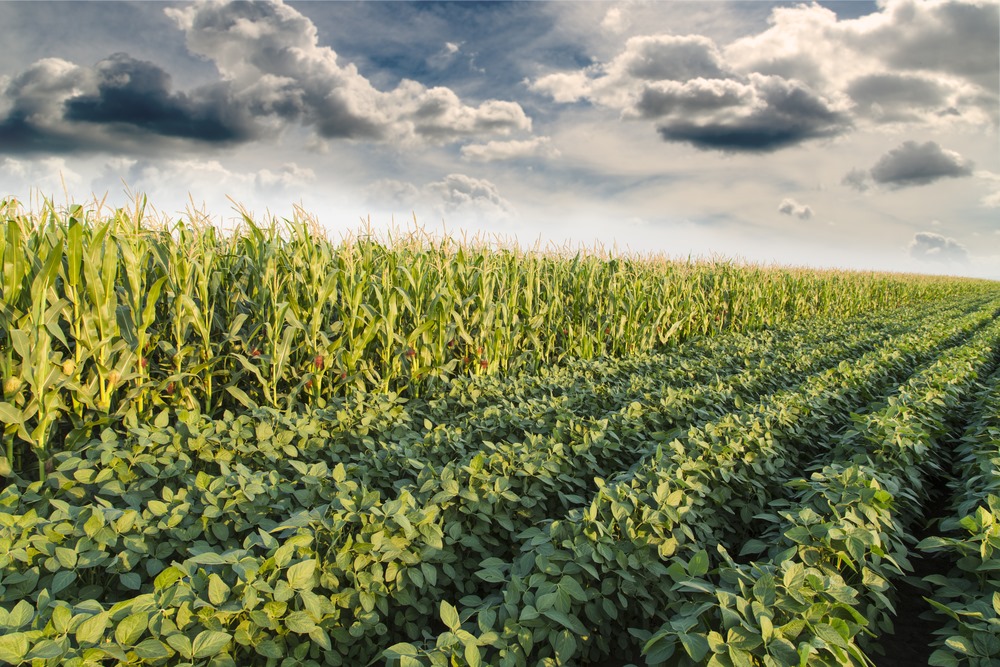If you have been farming for a while, you know no two seasons are the same. One year, your crop grows beautifully. The next, pests, drought, or low market prices leave you counting losses. For that reason, relying on just one crop is risky. That’s why intercropping, the practice of growing two or more crops together on the same farm, is considered a smart move.
And when it comes to good combinations, few pairs work better than maize and legumes. This guide will show you why this pairing works, how to do it step-by-step, and how to avoid common mistakes so you can get better yields, protect your soil, and reduce your farming risks.
Why Maize and Legumes Make a Great Team
- Legumes naturally feed the soil: Through a process called nitrogen fixation, legumes pull nitrogen from the air and store it in the soil. Maize loves nitrogen, so this gives it a natural boost without extra chemical fertilizer.
- Maize offers support: Tall maize stalks can give climbing legumes (like beans) something to lean on and can also protect delicate crops from harsh sun or strong winds.
- You get two harvests in one go: Even if pests or drought hurt one crop, the other can still give you food to eat and produce to sell.
- Weed and pest control is easier: The mixture of crops covers the ground, making it harder for weeds to grow and disrupting pest life cycles.
How to Intercrop Maize and Legumes for Bigger Harvests and Less Risk
1. Pre-planting: Before you start planting, keep these principles in mind:
- Avoid overcrowding: If crops are too close, they’ll fight for sunlight, water, and nutrients. Give both maize and legumes enough breathing space.
- Pay attention to the varieties selected: Short maize with shade-loving legumes works well. If your maize grows tall, consider planting a legume that tolerates shade or wait until it’s taller, so it can catch enough sunlight.
- Prepare the land properly: Endeavour to properly clear the land of weeds, stumps, and stones before planting. Doing this correctly is very crucial, and our Glyphosate (Gobara, Gobara SG, Uproot, Sarosate) and Glufosinate (Slasher, Slasher Super, SlashaGold) solutions are equally effective options to use for this.
2. Planting: There are two main types of intercropping, row and strip intercropping; it is important to consider both against your options before making a choice.
- Row Intercropping: In this system, you plant the maize in rows and the legumes between the rows made. Ideally, spacing for the maize rows should be 75–90 cm apart, while for the legumes, it should be 20–30 cm apart within their row.
Note that this system is best suited for smaller farmlands, as it helps to manage space without affecting the planted crops.
- Strip Intercropping: In this system, the crops are planted in alternating rows. Ideally, 2–4 rows of maize are followed by 2–4 rows of legumes, with the pattern constantly repeated across the field.
This system is a great option for those with large farms, making it easier to weed or apply crop protection products to specific portions of the farmland.
Once you decide on the mode of planting, make sure to time your planting to suit both crop varieties you have. We recommend planting maize first and waiting a short while (about 2 weeks) to plant the legumes.
- Post-Planting: Fertilize wisely; maize needs an early boost—apply NPK 15:15:15 or a suitable starter at 2–3 weeks after planting. Make sure to avoid overusing nitrogen fertilizers because they reduce the legume’s ability to fix its own nitrogen.
Note that it is important to stay vigilant to keep weeds and pests under control. Also, scout for common insect pests like fall armyworm in maize and pod borers in legumes and control with fitting insecticide options like Hallakat and Kare (for maize) and Sting, Kombat, or Cypertex (for beans). Finally, note that maize often matures before legumes. Harvest it first, then let the legumes finish drying on the plant. Once done, dry both crops properly before storage to prevent mold or insect damage.
In conclusion,
Intercropping maize and legumes is not just a clever farming trick—it’s a proven way to get more food, protect your soil, and keep your income steady even when the season throws surprises at you.
Start small, track your results, and fine-tune your spacing and timing. With every season, your soil will get richer, your harvest more abundant, and your risk much lower.

Leave a Reply